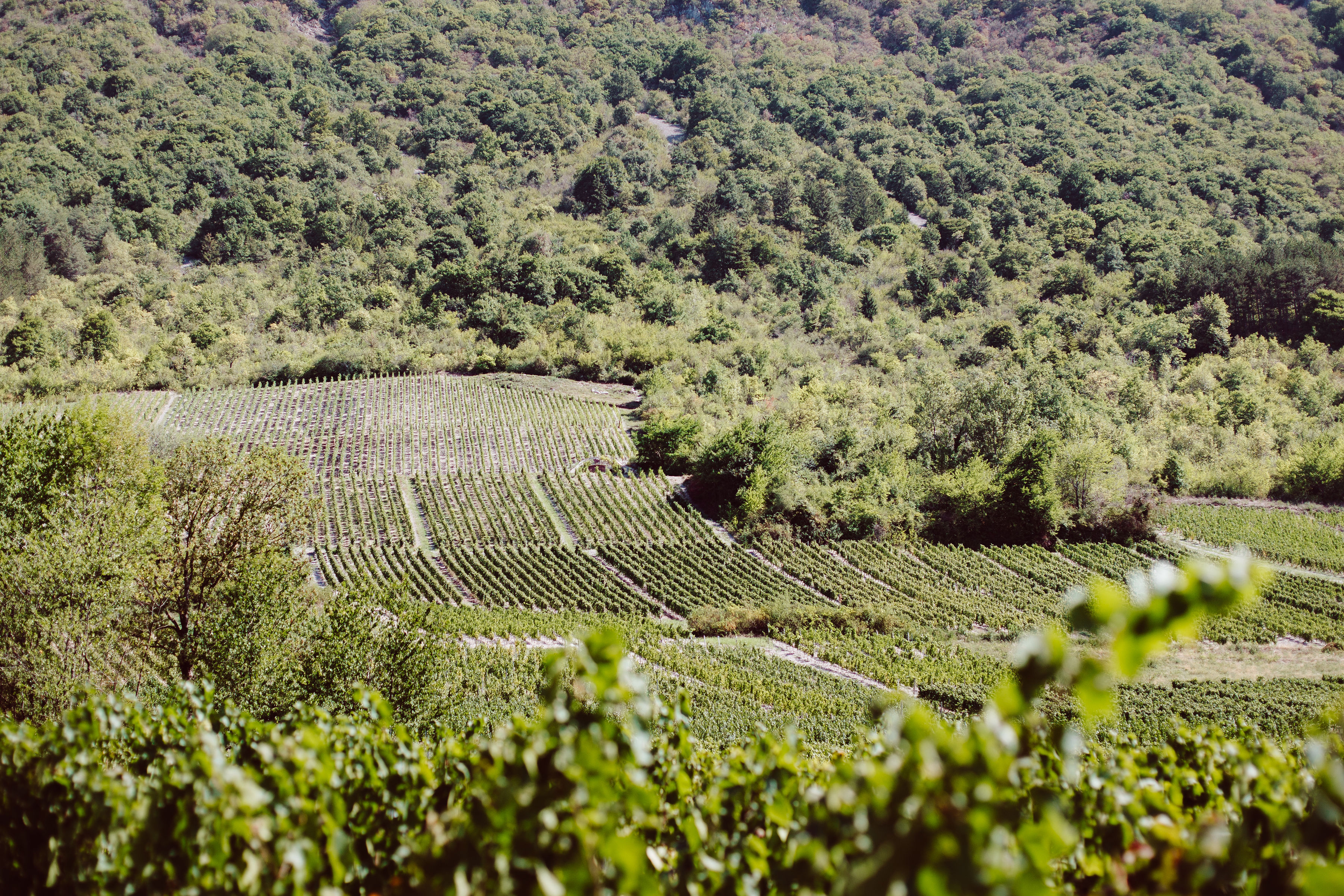Marsannay AOP
Marsannay: the "Golden Gate" of the Côte de Nuits
It opens the ball of the wines of the famous Côte de Nuits. In Burgundy, the Marsannay appellation is located in the north of the vineyard, just outside Dijon. It is in this region of the Côte d'Or that some of the most highly rated red wines in the world are produced. The Route des Grands Crus, the Champs-Elysées of Burgundy, is dedicated to them again and again, thanks to villages whose names still ring pleasantly in the ears of wine lovers: Fixin, Gevrey-Chambertin, Vougeot, Vosne-Romanée, Nuits-Saint-Georges... In this farandole of prestigious appellations is Marsannay, a wine which has the particularity of being declined in red, of course, but also in white and, the height of originality, in rosé.
General presentation of the appellation
The area of the AOC Marsannay is located in the Côte-d'Or, in the north of the Côte de Nuits vineyard. It has about 220 hectares of vines, cultivated in the communes of Marsannay-la-Côte, Chenôve and Couchey. As in the rest of the Côte de Nuits, Pinot Noir dominates. Marsannay red wines are made exclusively from this noble grape variety par excellence. A real curiosity, the marsannay appellation also produces rosé wines, which make up the bulk of the production along with the reds. As for the white wines, which are more confidential, it is the chardonnay that is used, which can be accompanied by pinot blanc.
Marsannay is a Village appellation of Burgundy. It can be followed by the name of the Climat, the plot of land from which the wine is made. In the Côte de Nuits, this AOC has long remained discreet. The winegrowers of the appellation are seeking recognition for a fraction of the appellation area, a Premier Cru classification that would support a reputation that continues to grow.
Characteristics of marsannay
The marsannay appellation has the particularity of producing wines in all three colours.
Red and rosé wines owe their many qualities to the pinot noir grape variety. The red marsannays are powerful, rich and colourful, while the rosé marsannays offer tenderness, freshness and delicacy. The reds are based on small red and black fruits, such as strawberries, morello cherries, blackcurrants and blueberries. The rosés evoke redcurrant and white peach.
The white Marsannay wines have an aromatic palette marked by citrus fruits. Notes of hawthorn and acacia flowers are also expressed, generally on a pleasant mineral background.
The red and white wines of the Marsannay AOC offer good ageing potential. They are easily drunk young, but it is with time that they reveal all the qualities of their terroir.
How to taste a Marsannay
AOC Marsannay red wines should be served at a temperature of between 15 and 17°C. They are recommended to accompany red meats, especially when they are cooked using local recipes, especially beef bourguignon. These wines can also be served with river fish, such as pikeperch or carp.
The whites are naturally suited to food and wine pairings with white meats or fish. To serve them, favour a temperature of between 12 and 13°.
The rosés, for their part, are perfect for summer meals: grilled meats, salads, delicatessen, etc. They should be drunk at a temperature of 12°.
Laissez-vous tenter... par les autres appellations !
Le vignoble
